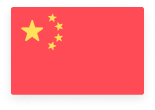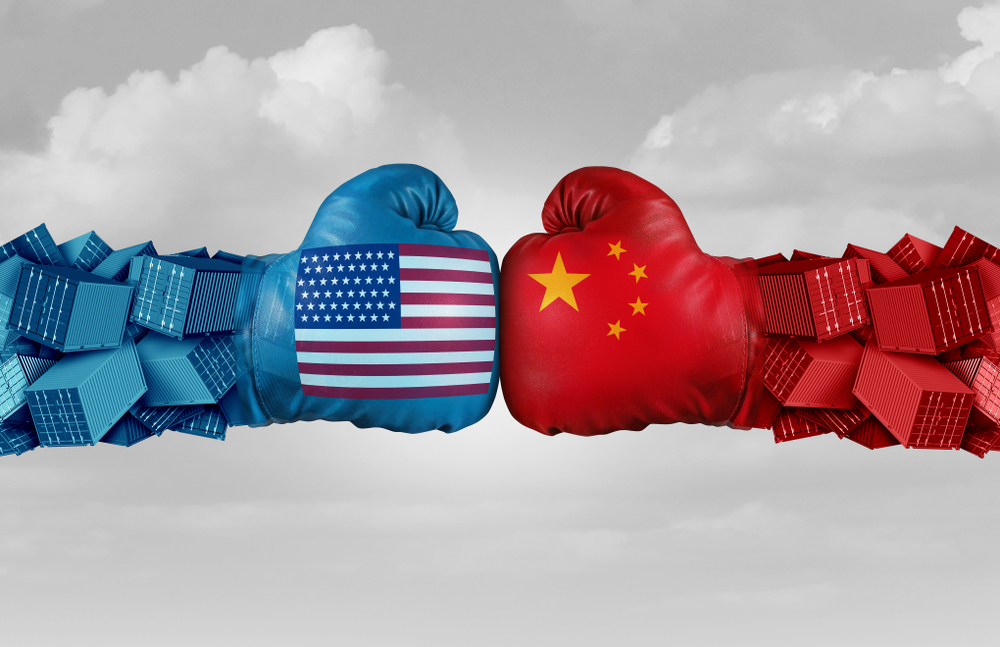The trade war between the US and China has reignited with full force in 2025, as US President Donald Trump imposes a new wave of tariffs and Beijing responds the same way. The latest US vs. China escalation began with the United States imposing a sweeping 34% tariff on Chinese goods under the banner of “Liberation Day” tariffs—part of a broader crackdown targeting all imports to the US. Beijing responded swiftly with its own 34% across-the-board tariff on US goods, signaling an “eye-for-an-eye” stance.
“The retaliation should come as no surprise. The aggressive tariff hikes followed by an invitation to come and negotiate was never going to fare well in China,” commented Lynn Song, Chief Economist, Greater China, at ING.
Indeed, Chinese foreign ministry spokesperson Lin Jian told reporters: “The Chinese people do not stir up trouble and are not afraid of trouble. Pressure, threats and blackmail are not the right way to deal with China.”
In response to China’s retaliatory measures, Trump has once again pushed back. On Monday, he threatened an additional 50% tariff if China doesn’t reverse course. That’s on top of the earlier 34%, a separate 20% fentanyl-related tariff, and the Section 301 tariffs still in place since his first term, which average 18%. Altogether, U.S. tariffs on Chinese goods could soon exceed 120%.
China is in a better position than last time
China, however, is no longer as vulnerable as it was in 2018. Since the first trade war, it has diversified trade away from the US, with exports to the country falling from 19% of total shipments in 2017 to just 14.6% in 2024.
According to the consultancy Eurasia Group, China’s direct exports to the US now account for around 3% of China’s gross domestic product (GDP), compared to around 4% before Trump’s first term. “From the perspective of [its] growth rate, China has long deviated from the US,” Wang Dan, China director at Eurasia Group, told Nikkei Asia.
This shift in trade exposure is not only reflected in macro data but also in China’s broader strategic priorities.
Jeffrey Kleintop, Chief Global Investment Strategist at Charles Schwab, pointed out that China is trying to boost consumer spending, which accounts for 40-50% of GDP, rather than enter into a costly agreement with the US to save the less than 3% tied to direct US exports.
“A lot remains in flux,” said ING’s Song. “But as for the US and China, while it’s always possible that policymakers could soon come to the table, it looks like until then, a test of endurance is underway,” he added.


 Australia
Australia China
China India
India Indonesia
Indonesia Japan
Japan Malaysia
Malaysia Philippines
Philippines Singapore
Singapore South Korea
South Korea Taiwan
Taiwan Thailand
Thailand Vietnam
Vietnam






